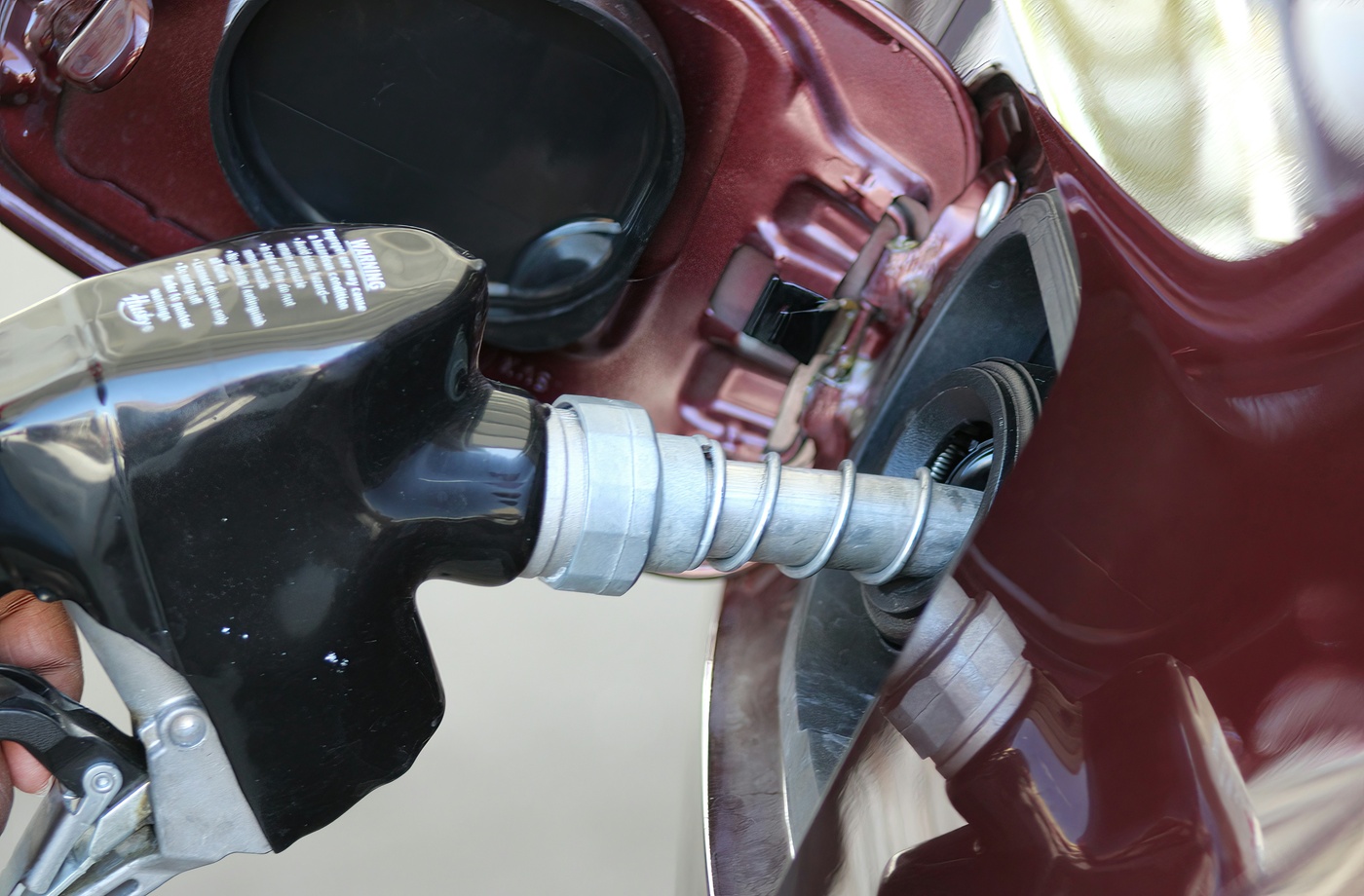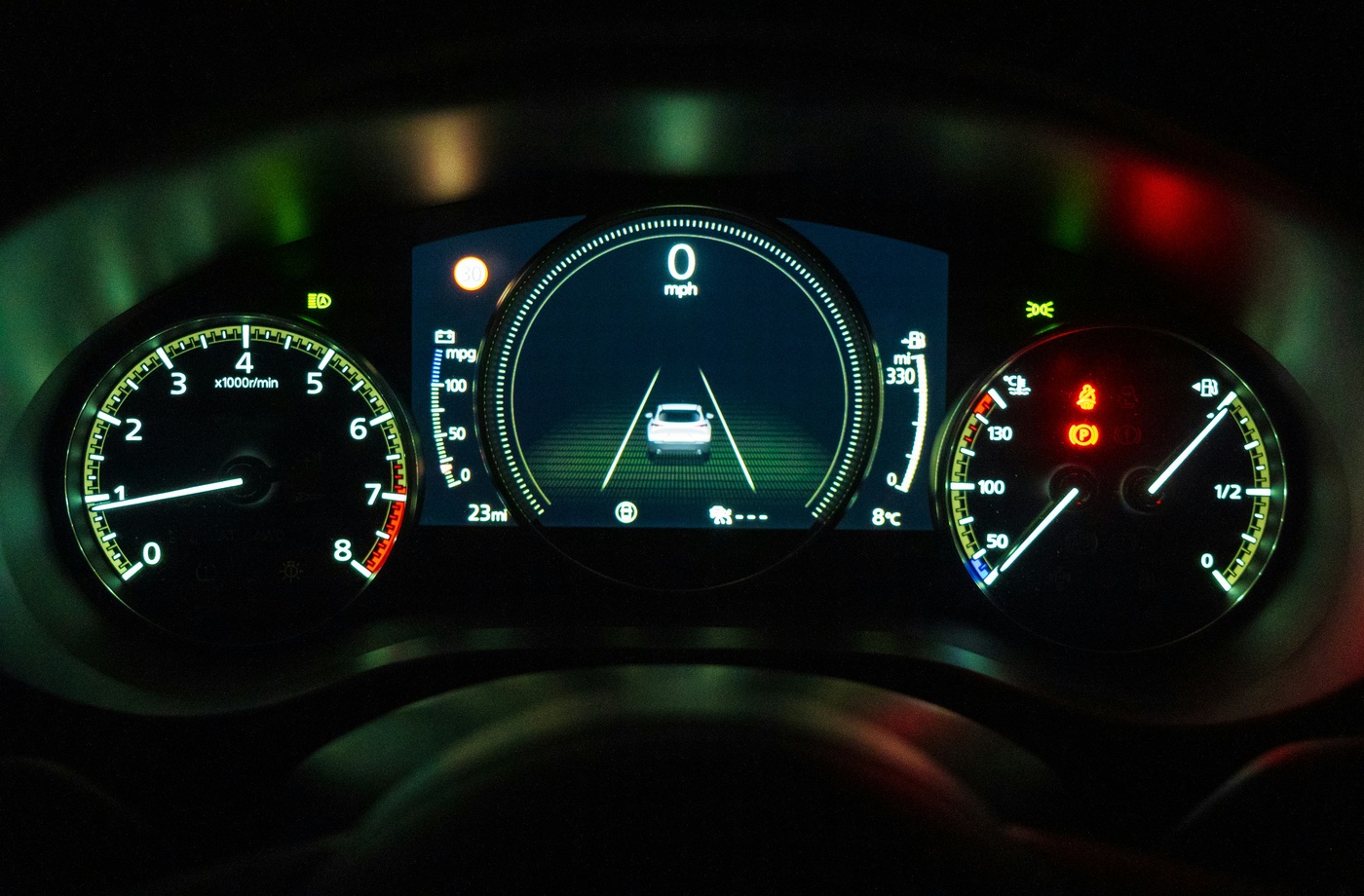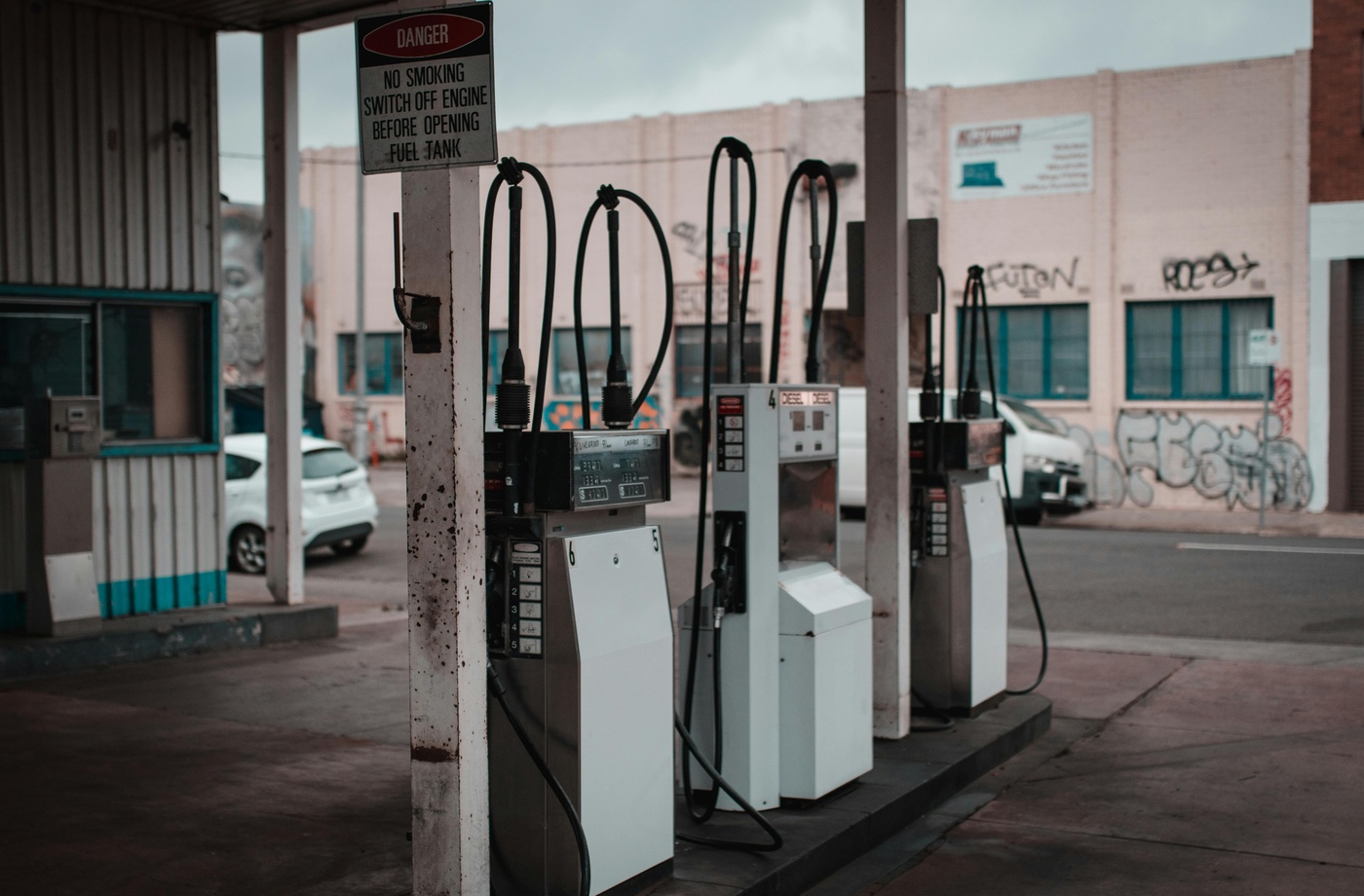Fuel efficiency is often treated as a fixed feature of your car—but in reality, how far you go on a gallon depends just as much on your driving habits, maintenance routine, and even weather conditions. Whether you’re trying to reduce emissions or save money at the pump, understanding the science behind fuel efficiency can help you make smarter choices every time you drive.
Here’s a look at the key factors that affect fuel efficiency and how you can improve your vehicle’s performance without expensive upgrades.
- Aerodynamics and vehicle design
The shape and weight of your vehicle directly impact how much drag it creates at high speeds. Larger vehicles like SUVs and trucks naturally face more wind resistance, which means the engine works harder to maintain highway speeds.
Driving with roof racks, open windows at high speeds, or large cargo attachments can further reduce your car’s aerodynamic efficiency. According to the U.S. Department of Energy, every additional 100 pounds can reduce MPG by up to 1%.
Tip: Remove roof boxes and external accessories when not in use to reduce drag.
- Tire pressure and rolling resistance
Low tire pressure increases rolling resistance, meaning the engine has to use more fuel to move the car. The National Highway Traffic Safety Administration (NHTSA) reports that underinflated tires can lower gas mileage by 0.2% for every 1 psi drop in pressure.
Tip: Check your tire pressure monthly and before long drives. Keep it at the manufacturer’s recommended level, typically listed inside your driver-side door.
- Engine load and acceleration habits
Aggressive driving—including rapid acceleration and hard braking—can lower fuel economy by up to 30% on the highway and 40% in stop-and-go traffic, according to FuelEconomy.gov.
Tip: Accelerate smoothly, coast to decelerate when possible, and use cruise control on highways to maintain steady speeds.
- Speed and gear selection
Optimal fuel efficiency is usually achieved between 45 and 65 mph. Above that, drag increases significantly. For manual vehicles, staying in higher gears at moderate speeds improves fuel economy.
Tip: Use your car’s overdrive gear or eco-mode setting to help maintain fuel efficiency during long drives.
- Engine health and routine maintenance
Dirty air filters, worn spark plugs, and poor-quality motor oil all reduce engine efficiency. A well-maintained engine burns fuel more cleanly and effectively.
Tip: Follow your manufacturer’s maintenance schedule and use the correct oil grade. Many automakers recommend synthetic blends that improve performance.
- Environmental conditions
Cold weather can reduce fuel economy by up to 20% because engines take longer to reach optimal temperature. Idling to warm up the car wastes fuel, and cold air increases aerodynamic drag.
Tip: Drive gently for the first 5–10 minutes in winter to warm the engine. Avoid unnecessary idling.
- Fuel quality and octane rating
Using a higher-octane fuel than your car requires won’t improve performance or mileage. Stick to your manufacturer’s recommended octane level unless your engine knocks or pings on regular fuel.
Tip: Check your owner’s manual before upgrading fuel types unnecessarily.
- Use of onboard tech
Modern vehicles are equipped with MPG displays, trip monitors, and tire pressure sensors—all of which help monitor and improve driving habits.
Tip: Reset your MPG tracker after each fill-up to stay aware of changes.
Final thoughts
Fuel efficiency is about more than the car you drive—it’s about how you drive it. Small changes in behavior and basic vehicle upkeep can lead to substantial fuel savings over time. For even more value, pair these best practices with digital tools that reduce upfront fuel costs, such as gift card cashback platforms like Fluz, price comparison apps, and loyalty programs.
By understanding the science behind fuel use and combining it with smart habits, you can go farther on every gallon—without changing your car.



